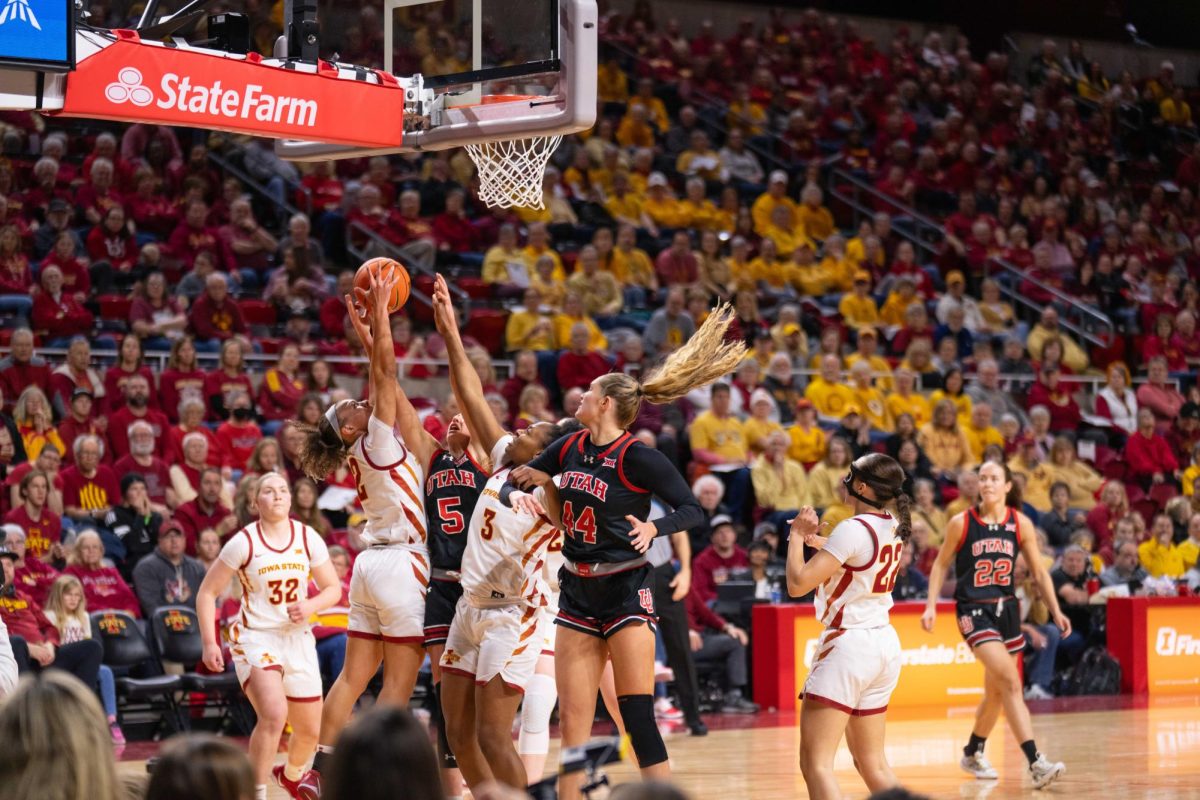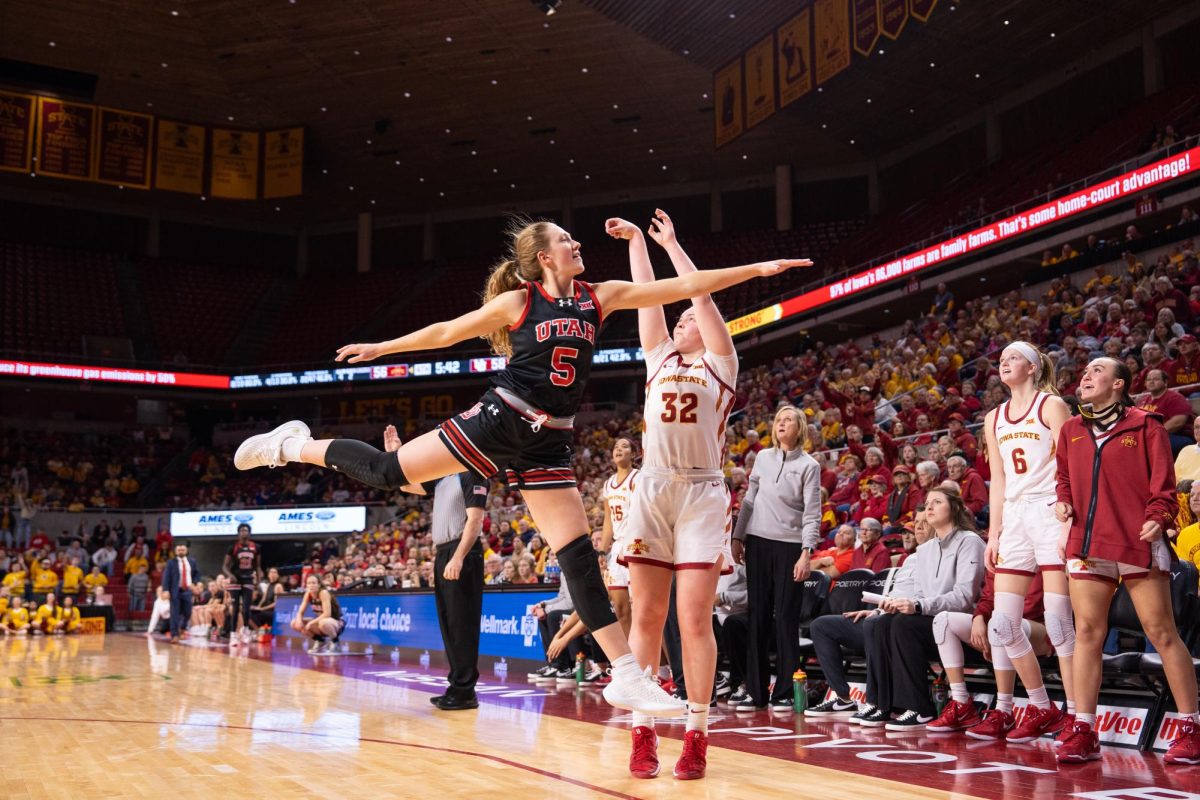Brown on ‘Top 100 in Bioenergy’ for second consecutive year, Vilsack tops list
February 28, 2012
For the second consecutive year, Robert Brown, director of Iowa State’s Bioeconomy Institute and professor of chemical and biological engineering, was awarded the honor of placement in Biofuels Digest’s annual “Top 100 People in Bioenergy.” U.S. Secretary of Agriculture Tom Vilsack topped Biofuels Digest’s list.
Brown ranked 61st on the 2010-2011 “Top 100” list, but moved up two spots to 59th on the most recent 2011-2012 ratings.
“To move up on the list, of course, is gratifying,” Brown said. “To be one of a handful of academics was gratifying in the sense that it tells me at least Biofuels Digest feels that what we’re doing here at Iowa State has impact.”
When Brown first joined the ISU faculty in 1983, his focus was on coal combustion.
“The Supreme Court has ruled that carbon dioxide is a pollutant,” Brown said. “[But] carbon dioxide is an essential part of our biosphere’s operation. If we don’t have carbon dioxide we would not have the carbon cycle that exists on earth. I can’t think of it as a pollutant, but you know an excess of anything can be a bad thing. … But I did realize that it was an issue that was going to have to be addressed, and I started looking at how my background in coal combustion could be part of the solution instead of part of the problem.”
The next step for Brown was the transition from burning coal to biomass. Biomass is anything that is made out of a renewable resource that can be used as energy source, or converted into a material that can also be used as an energy source. Brown describes biomass as “greenhouse gas neutral,” which means that carbon dioxide is not released when biomass is burned.
In addition to programs advocating smarter energy resources Brown is opening the public discussion of biorenewable energy in a book called ‘Why are we Producing Biofuels?’ which Brown hopes will hit the shelves in a month.
In putting together the “Top 100,” Jim Lane, Biofuels Digest editor and publisher, said to snatch a spot on the list, candidates need to have both visibility and credibility. Lane also mentioned for a university educator to make the list they need to develop a “track record of achievement over time,” and to have established themselves within institutions advocating bioenergy.
Lane defended his selection of Vilsack as No. 1 in bioenergy for two consecutive years, citing Vilsack as a “distinguished secretary of agriculture” and as the “best known advocate for rural economic development.” Vilsack assumed office as the secretary of agriculture in January 2009, following the election of President Barack Obama, after previously serving as the governor of Iowa from 1999 to 2007.
The common factor between Brown and Vilsack, besides the Iowa connection, is to see biorenewable materials “outside the lab and in the lives of Americans.“ Impact means for the common citizen is not that we published a book or published some papers,” Brown said. “But that the technology has the potential to be commercialized and make a difference in people’s lives in terms of the kind of energy they use and the sustainability of their energy.”






